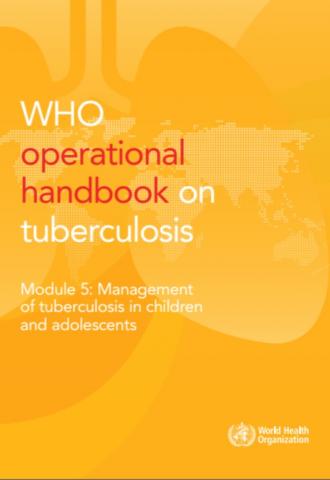Operational Handbooks
5.3.2.6. Special considerations: TB/HIV coinfection
The approach to designing MDR/RR-TB treatment regimens is largely the same for all children and adolescents, regardless of HIV status, although potential drug–drug interactions should be avoided through the careful selection of TB medicines in the regimen.19
5.2.12.3. Treatment failure
A person with treatment failure is defined as one whose treatment regimen needed to be terminated or permanently changed to a new regimen or treatment strategy. Reasons for such a change include no clinical or bacteriological response, adverse drug reactions, and evidence of resistance to medicines in the regimen (108).
The possibility of treatment failure should be considered in a child or adolescent who is receiving TB treatment and (72):
6.2.8 Cost savings from palliative care integration into TB programmes
The essential palliative care package need not increase the cost of the routine TB care and treatment significantly, if at all. There is growing evidence that palliative care integrated into health-care systems and including home care can save money for these systems by reducing hospital admissions near the end of life and the length of stay in hospitals (92, 105, 122–125). For patients not expected to survive, a one-time expense may be necessary to refurbish rooms either in institutions or in the home to ensure infection control.
6.2.1 Integration of palliative care into national tuberculosis programmes
Most people with DR-TB, and many with DS-TB, have palliative care needs. Yet palliative care is in general not widely accessible in high TB burden countries (103). Wherever palliative care services are not yet accessible, the NTP may need to take the lead in planning and implementing them (16). If possible, official collaboration should be established between an existing palliative care programme and the NTP (104). Plans for TB palliative care should include the following:
Pagination
- Previous page
- Page 72
- Next page
 Feedback
Feedback